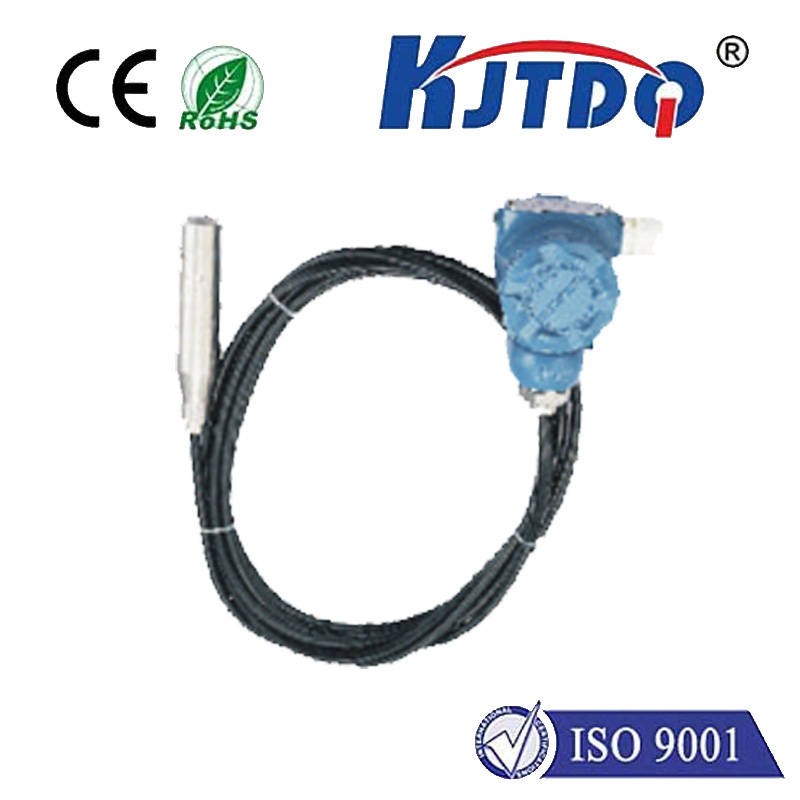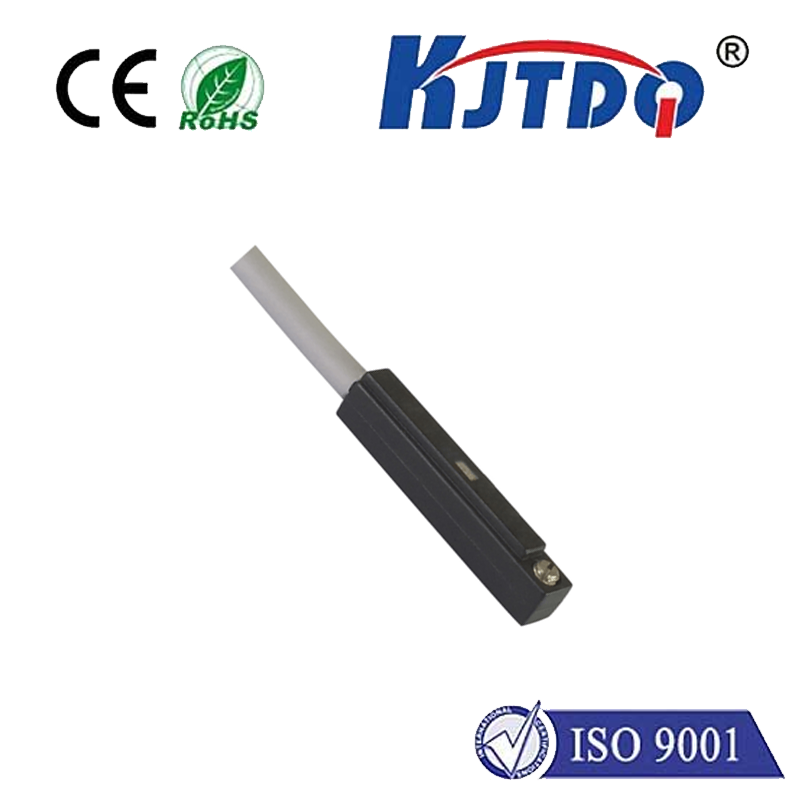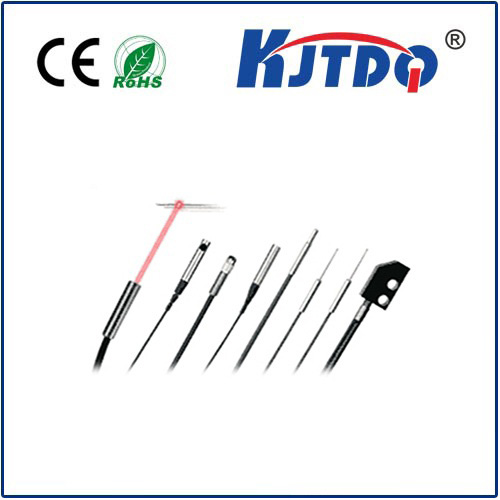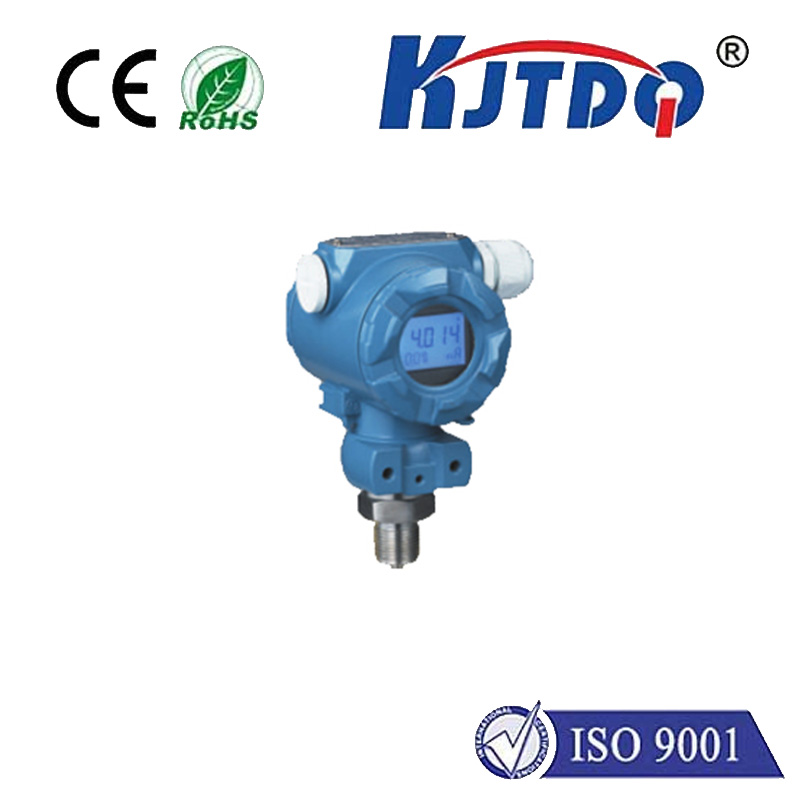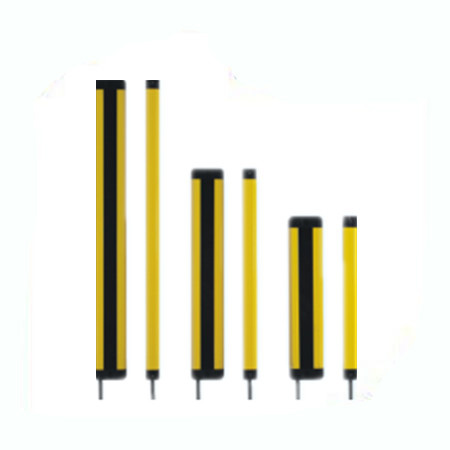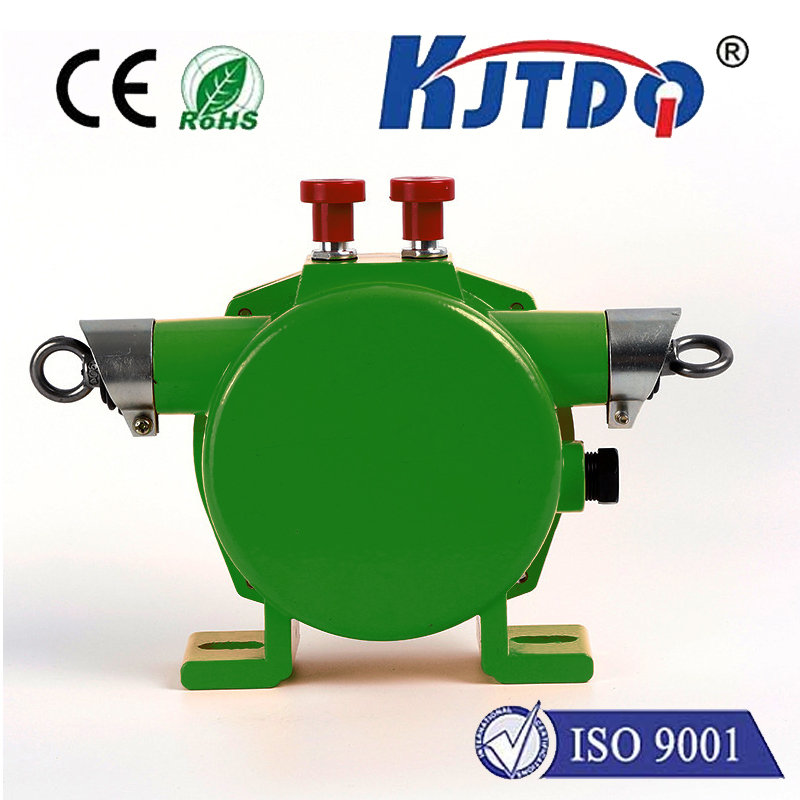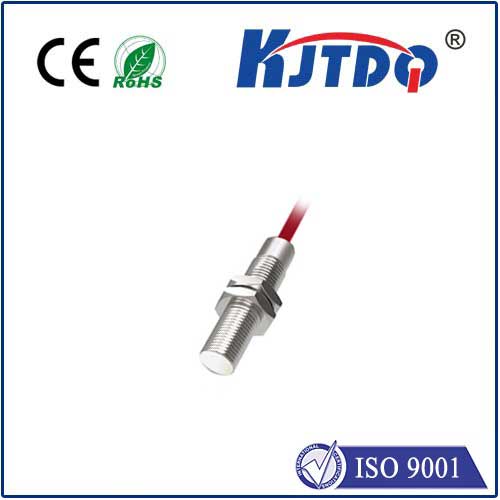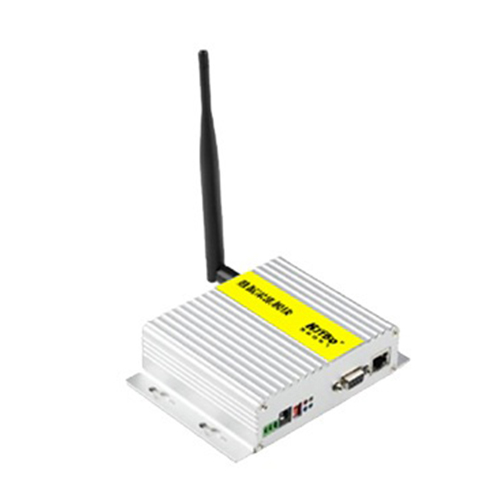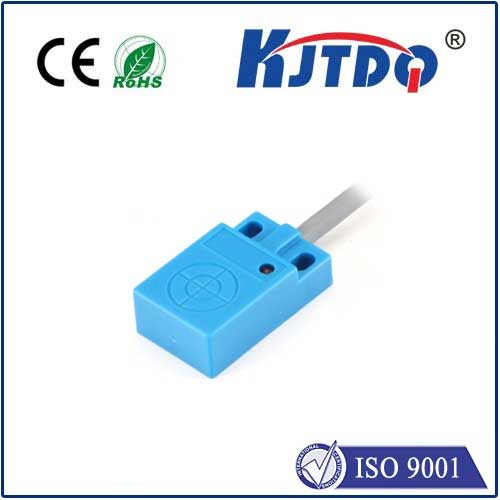BES01Y4 high pressure proximity sensor
- time:2025-10-14 00:00:11
- Нажмите:0
BES01Y4 High Pressure Proximity Sensor: Ensuring Reliable Detection in Demanding Environments
Imagine a massive hydraulic press shaping metal components, or high-pressure pumps circulating critical fluids deep within an industrial plant. Now imagine the catastrophic consequences if a sensor monitoring position or presence in these extreme conditions fails. Pressure isn’t just force; it’s a relentless adversary capable of crushing standard components. This is precisely where specialized solutions like the BES01Y4 High Pressure Proximity Sensor become mission-critical. Engineered to thrive where others falter, this advanced sensor provides dependable, non-contact object detection amidst intense compressive forces, safeguarding processes and preventing costly downtime.
Understanding the Core Challenge: Sensing Under Pressure
Traditional inductive proximity sensors excel in countless industrial settings. However, subject them to sustained or peak pressures exceeding several hundred bar, and their structural integrity, sealing capabilities, and ultimately, their sensing reliability, become compromised. High-pressure environments – found in hydraulic systems, die casting, injection molding, test stands, oil & gas applications, and offshore equipment – demand sensors constructed with exceptional resilience.
The BES01Y4 addresses this challenge head-on. It isn’t merely a sensor placed near pressure; it’s specifically designed and certified to operate reliably while being directly exposed to the immense forces inherent in these demanding applications. Its core purpose is secure, non-contact detection of metallic targets – pistons, valves, cylinders, machine parts – even when they are submerged in or surrounded by oil, coolant, or gas under extraordinarily high pressures.
How the BES01Y4 High Pressure Proximity Sensor Works

Fundamentally, the BES01Y4 operates on the principle of eddy current induction, standard for inductive proximity sensors. Here’s the process:
- The Sensor’s Active Face: Contains an oscillator circuit generating a high-frequency electromagnetic field.
- Target Approach: When a metallic object (the “target”) enters this field, eddy currents are induced on the target’s surface.
- Energy Absorption: These eddy currents absorb energy from the oscillator circuit.
- Signal Detection: The sensor’s circuitry detects the resulting decrease in oscillation amplitude (or a change in phase).
- Output Switching: Once the amplitude change surpasses a predefined threshold (corresponding to the sensor’s specified sensing distance), the sensor’s solid-state output (typically PNP or NPN) switches state (ON/OFF).
The critical innovation in the BES01Y4 lies not in the basic principle, but in its robust execution. Its entire structure – from the sensing head material to the hermetic sealing and pressure-resistant housing – is meticulously engineered to maintain this flawless detection capability without buckling or leaking under extreme pressure loads.
Key Features and Advantages of the BES01Y4
What sets the BES01Y4 High Pressure Proximity Sensor apart? Its design incorporates several crucial features:
- Exceptional Pressure Resistance: The defining characteristic. The BES01Y4 is rigorously tested and certified to withstand continuous pressure ratings significantly higher than standard sensors, often reaching 300 bar, 400 bar, or even 500 bar (4350 psi, 5800 psi, 7250 psi) depending on the specific variant and configuration. This ensures continuous operation in the heart of high-pressure systems. Failure under pressure is simply not an option.
- Прочная структура: Typically manufactured using high-grade stainless steel (e.g., 303, 304, 316L), the housing provides superior mechanical strength and corrosion resistance, essential for harsh industrial and potentially corrosive high-pressure fluids.
- Compact Form Factor: Despite its ruggedness, the BES01Y4 often features a compact design (like M8, M12, or M18 threaded barrels), allowing for installation in confined spaces common on hydraulic cylinders and machinery.
- High Protection Rating: Sealed against dust and liquid ingress, commonly achieving an IP67, IP68, or IP69K rating. This ensures reliable function even when submerged or subjected to high-pressure washdowns, complementing its core pressure resilience.
- Wide Operating Temperature Range: Engineered to perform reliably across broad temperature extremes, typically from -25°C to +100°C (-13°F to +212°F), accommodating hot hydraulic oil or cold ambient conditions.
- Reliable Electrical Output: Offers standard switching outputs (PNP normally open/closed, NPN normally open/closed) compatible with most industrial PLCs and control systems, ensuring seamless integration.
Where the BES01Y4 Proves Indispensable
The BES01Y4 High Pressure Proximity Sensor finds its niche wherever intense pressure combines with the need for precise, non-contact position feedback:
- Hydraulic Cylinders: Monitoring piston position (end-of-stroke, mid-stroke) directly within the cylinder bore, exposed to system pressure.
- Injection Molding Machines: Detecting mold clamping status and ejector positions within high-pressure injection units.
- Die Casting Machines: Monitoring plunger positions and die movements subjected to extreme pressures.
- High-Pressure Test Benches: Providing position feedback on actuators and valves during rigorous component testing under pressure.
- Oil & Gas Industry: Position sensing in subsea equipment, downhole tools, Christmas trees, and high-pressure pumping systems.
- Offshore Drilling Rigs: Critical position detection in blowout preventers (BOPs) and other safety-critical high-pressure components.
- Presses and Stamping: Monitoring slide positions and tooling locations within hydraulic presses.
- Valve Position Feedback: Confirming the open/closed state of valves in high-pressure pipelines or process control systems.
Selecting and Integrating the Right Sensor
Choosing the appropriate BES01Y4 variant requires careful consideration:
- Required Pressure Rating: Match the sensor’s rating to the maximum operating pressure in the application, including potential peaks. Never underspecify.
- Sensing Distance: Select the model with the necessary nominal sensing range (Sn) for reliable detection of the target at the required position.
- Thread Size & Housing: Choose the physical size (e.g., M8x1, M12x1, M18x1) and housing material suitable for the mounting location and environmental conditions.
- Electrical Specifications: Ensure compatibility with the control system voltage (e.g., 10-30V DC) and required output type (PNP/NPN, NO/NC).
- Temperature Range: Verify the sensor covers the application’s operating temperature extremes.
- Connector Type: Select the preferred connection method (cable with connector, flying leads).
Proper installation is paramount. Ensure threads are sealed correctly (using compatible sealants or washers) to prevent leaks. Mounting securely avoids vibration damage and ensures accurate target alignment. Follow manufacturer wiring diagrams precisely for reliable operation.
Conclusion: The Assurance of Resilience
In environments where pressure is measured not in pounds per square inch, but in the potential cost of failure, the BES01Y4 High Pressure Proximity Sensor stands as a critical line of defense. It transcends the limitations of standard sensors,

